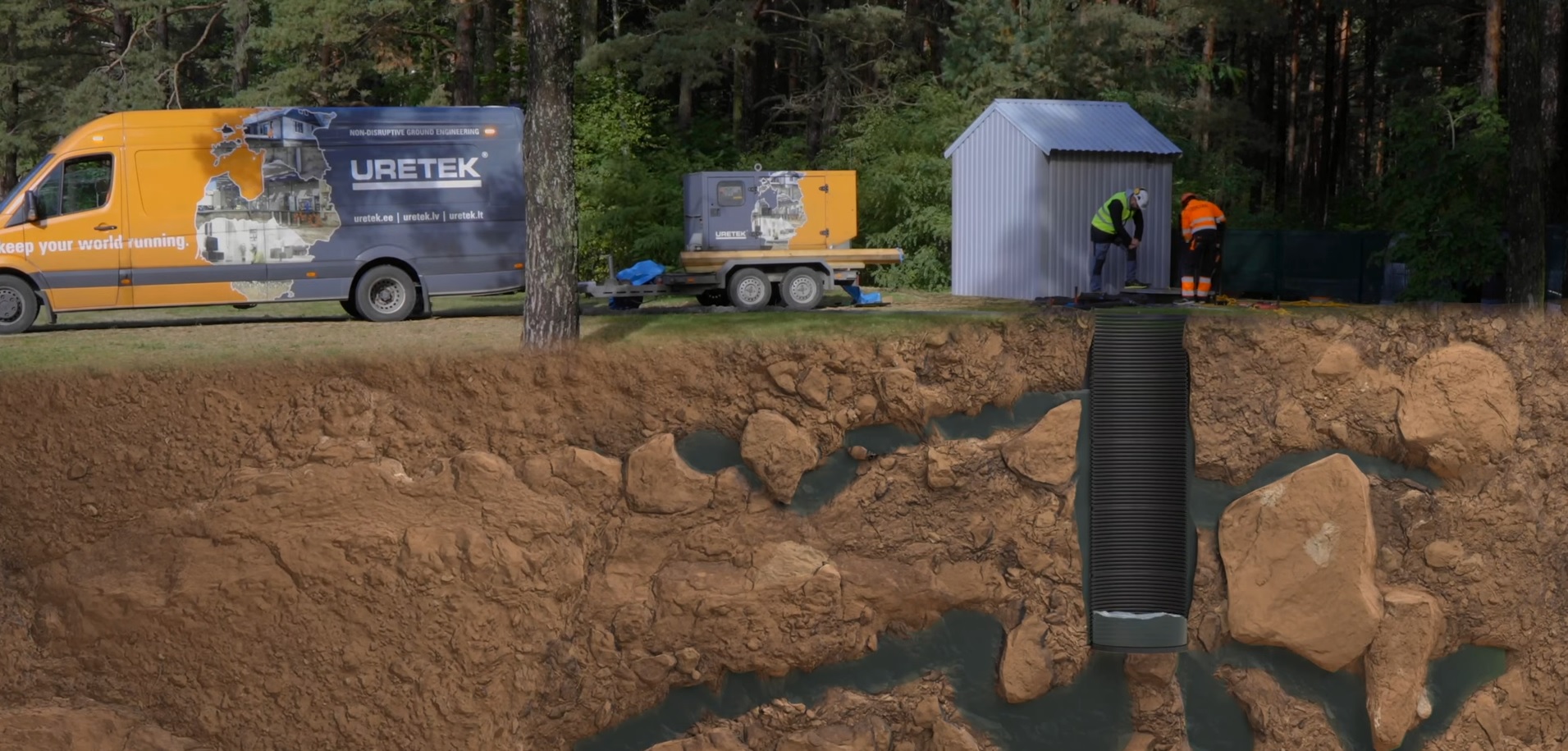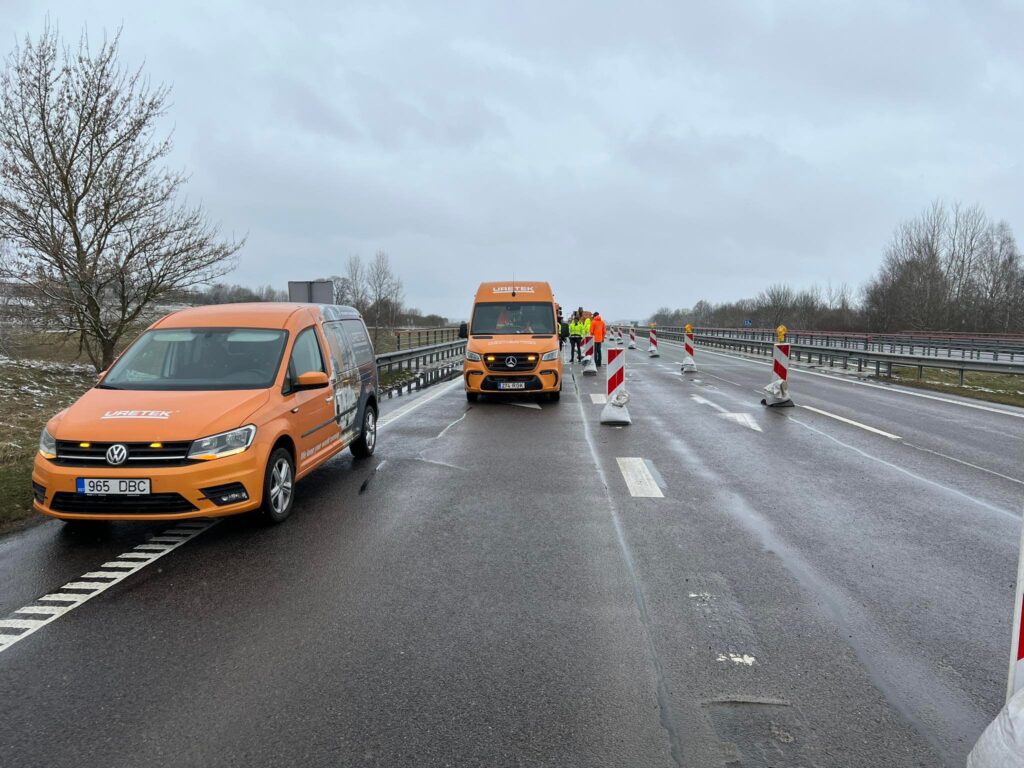Geopolymer resins can be used for waterproofing and strengthening of underground structures.
Furthermore, geopolymers allow waterproofing and restoring underground containers, wells, collectors, fuel tanks, pipeline, mines, cellars and other objects.
Such underground structures may develop microcracks, that can be penetrated by utility line liquids or surface water. In many cases the structure cannot be fully waterproofed by quick repairs, replacement of damaged components and patching cracks. The cracks may also develop in a structure due to changes in soil properties.
In the event that the walls of an underground structure have started leaking, it is rather likely that the soil has weakened or eroded or become less compact. Under such circumstances, besides patching cracks and restoring the site, soil needs to be strengthened. This can be done by increasing soil compactness by means of URETEK geopolymers.
Advantages of geopolymer resins
Major advantage of URETEK geopolymers consists in the fact that the material does not react with water. Geopolymers simply force water to the surrounding environment. When injecting geopolymers in weak humid soil, the water is forced out, while the soil itself becomes stronger and more compact.
Additionally, the soil strengthened and compacted by use of geopolymers has reduced water absorption capacity. Furthermore, when using geopolymers, structure will be waterproof in areas of injection.
Processing the walls in mines and tunnels
Tunnels, pipeline, mines and other similar structures are often assembled by using prefabricated elements. Geopolymer resins can be used to waterproof damaged components of such a structure and fill joints and connections between prefabricated elements. Resins are introduced by injecting them in soil that is in contact with damaged sections and connections between elements.
Injection can be made from the surface without excavating the damaged structure and directly inside the tunnel or mine (where possible). During injection, geopolymer material may even reach the mine or tunnel cavity – this indicates high work quality. Excess material can be removed from internal surfaces.
Reduction of water capacity of soil
Another reason for deteriorated waterproofing of underground structures (cellars, foundations, etc.) consists in substandard quality of compaction of soil adjacent to the walls of the structure. Such soil loses its waterproof qualities and becomes wet more often, which in turn affects the walls of the structure.
This process can be stopped by compacting the soil by using geopolymers injection. Geopolymers injection reduces water capacity of soil, indirectly making the structure waterproof.



